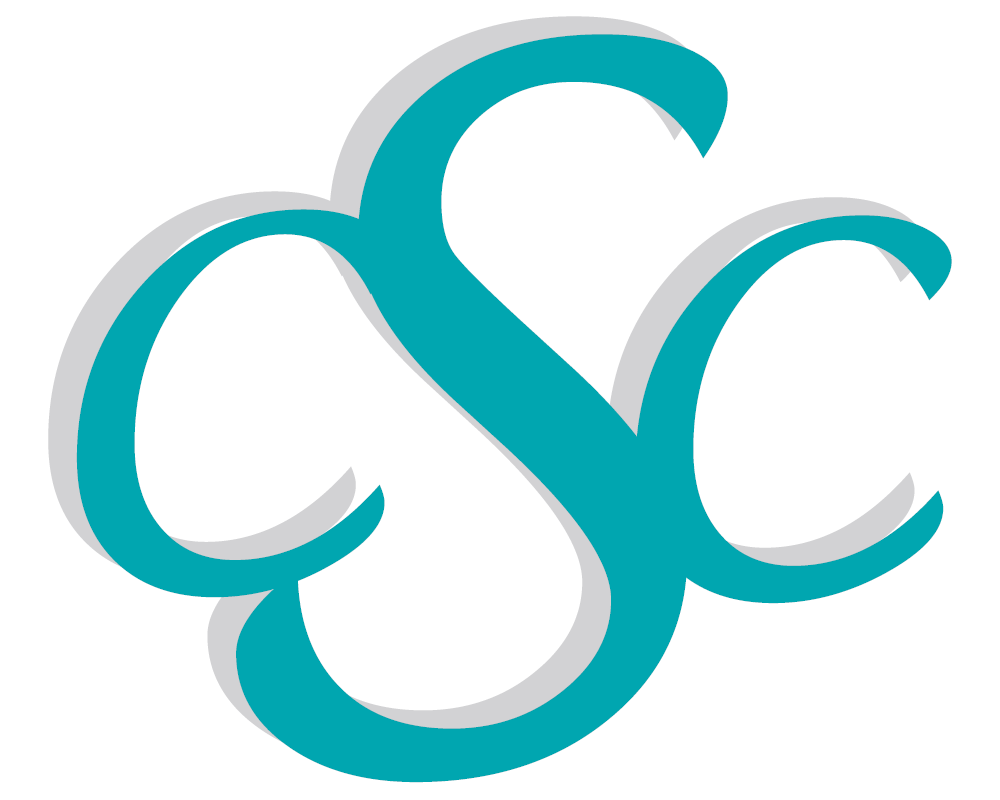
We reproduce below the preface to the Proceedings of the first CERN Computing and Data Processing school (Varenna, Italy, September 1970) which gives a very clear explanation of the Schools” aims.
“Why yet another School? The first CERN School on Computing and Data Processing represents a sufficient departure from the subjects treated in earlier CERN Schools to warrant some explanation.
Since 1962, CERN has organized a series of Summer Schools in Physics treating various topics – predominately theoretical – in high-energy physics, and for some time we felt that a school on some aspects of experimental high-energy physics would provide a useful opportunity for young physicists to study selected topics in experimental methods. One such subject, particularly suitable for treating in a school because of its exceptionally fast development over the last few years, is data processing. This, however, is a subject which, being concerned principally with the application of computers, has much in common with some aspects of computer science and applied mathematics; and this leads to the second element in the conception of this School, namely the conviction that experimental physicists engaged in data processing and computer scientists have something to learn from each other.
In experimental high-energy physics we see a widespread use of computers, particularly in large-scale data processing applications, which often involves very complex systems and sophisticated techniques. These have been developed, in an ad hoc way, as empirical solutions to the immediate problems of recording and analysing increasing quantities of experimental data. On the other hand, over the last few years, computer science has made significant progress in clarifying concepts and in making a more theoretical approach to computing. We felt that it would be of interest to hold a school at which young computer scientists and high-energy physicists could study together aspects of these two quite different approaches to computing, and we hoped that by bringing together students and lecturers active in research in these two fields a flourishing cross-fertilization of ideas would result.
Thus, there emerged an idea for a school which would treat not only topics in the area of data processing in high-energy physics, but also topics in applied mathematics and computing somewhat broader than the immediate needs of high-energy physics. The programme of the School consisted of four principal courses of which two were chosen from experimental physics (bubble chamber data processing, and electronics experiments data processing) and two from computer science (programming languages and data structures). These courses were “linked” by a number of shorter courses, which treated some more specific subjects of interest from the points of view of experimental physics and computing. The programme was completed by three lectures of a wider general interest in the field of nuclear science, artificial intelligence and space research. In drawing up this programme we were helped immensely by the members of the Advisory Committee, and I would like to record our gratitude to them for their willing assistance.
The School took place from 31st August to 12th September 1970 and was attended by 66 students from 16 countries. Approximately three quarters of the participants were physicists or mathematicians engaged in computing or data processing in high-energy physics laboratories and one quarter were computer scientists.
The School was held at the Villa Monastero in Varenna, Italy, and we are indebted to the Italian Physical Society for having helped to make such an idyllic setting available to us. Although it is clearly not the role of the Chairman of the Organizing Committee to pronounce on the success of the School, I should say that the dedication of the lecturers and the manifest interest of the students, which was maintained at a very high level throughout two weeks of rather concentrated courses, was really quite remarkable, and made this both a very satisfying and memorable two weeks. It is a great pleasure to thank the students for their enthusiastic participation in the School, both in the lecture periods and in many stimulating discussions outside, and to thank the lecturers for the considerable work which they put into preparing the courses and, not least, into the preparation of the written versions which constitute the content of these Proceedings.”
…….
G.R. Macleod
Chairman
Organizing Committee
Also DD (later IT) Division Leader at that time.
Twenty-seven years later, the Chairman, A.J.G. Hey, wrote, with regard to the 1997 School:
“The CERN School of Computing addresses topics of importance for the future computing environment for particle physics in the next millenium. The themes are chosen to reflect the exciting developments taking place in computing today. Each theme is presented by speakers with an international reputation for research in the relevant area and is supplemented by computer-based exercises to underline the importance of a “hands-on” approach to computing. The World Wide Web was pioneered by CERN and the continued exploitation of such technologies has been a feature of the Schools. Workstations with Internet access are provided for use by School students in the tutorial classes, along with lecture notes and problem sheets.“

